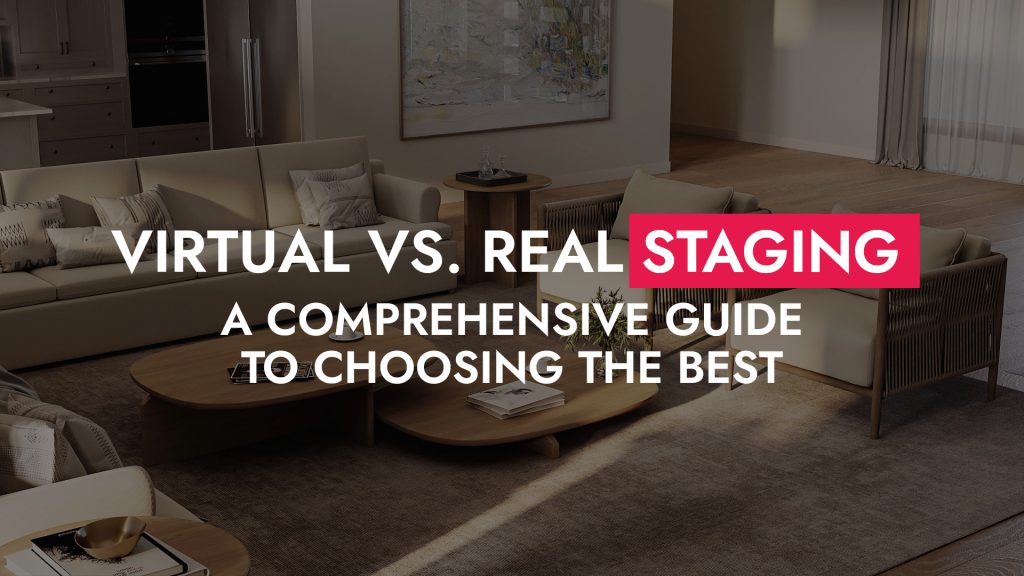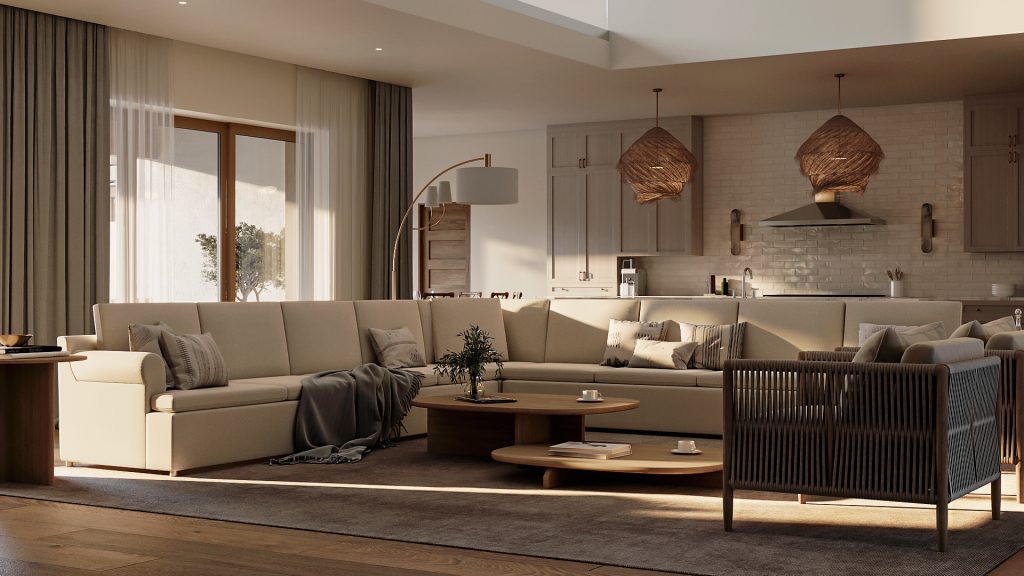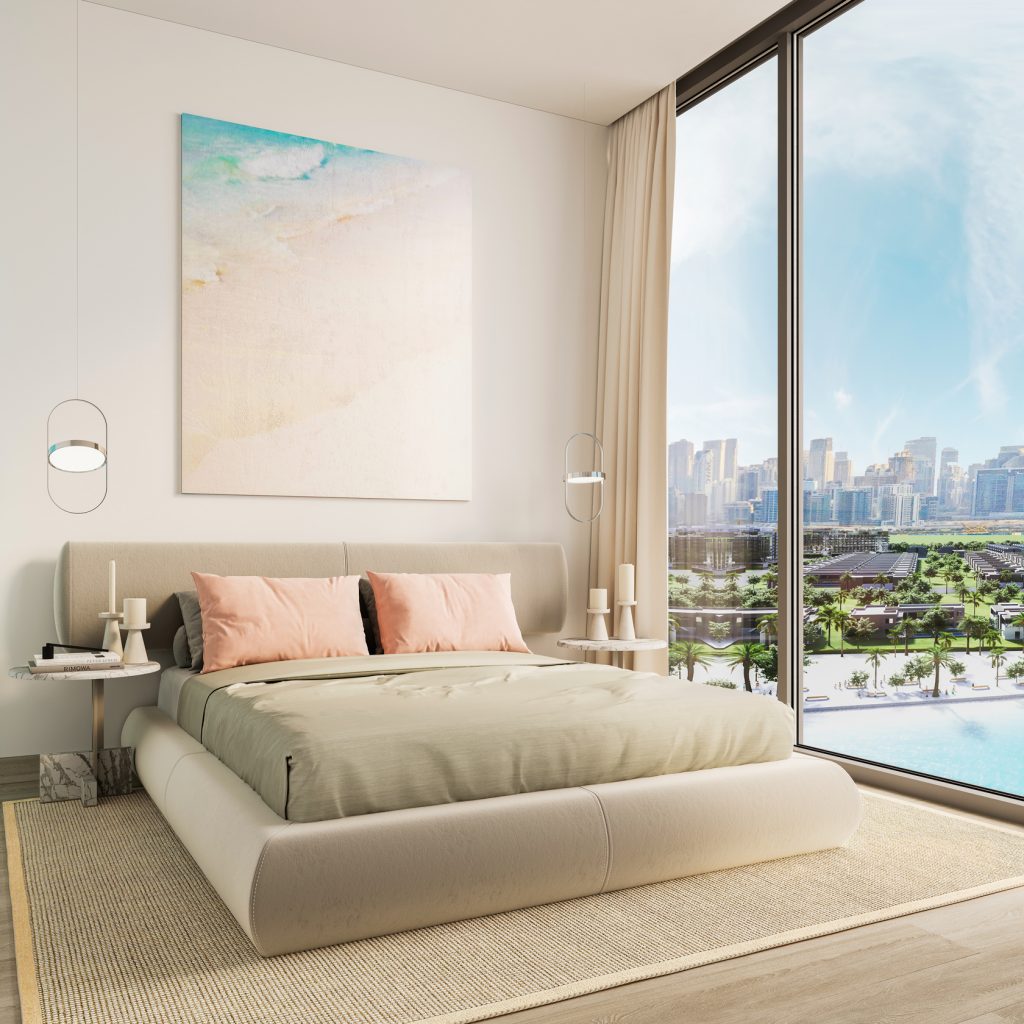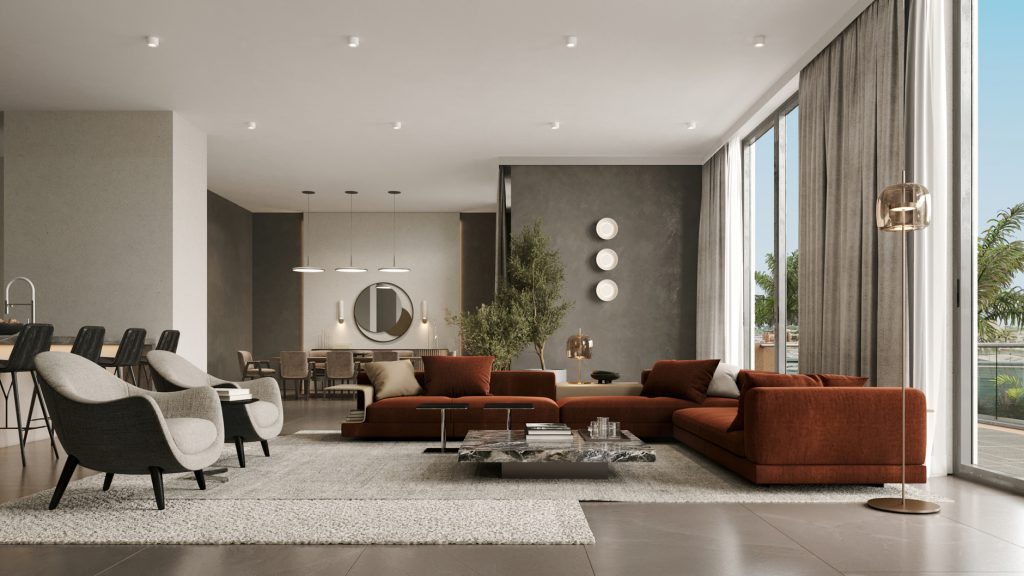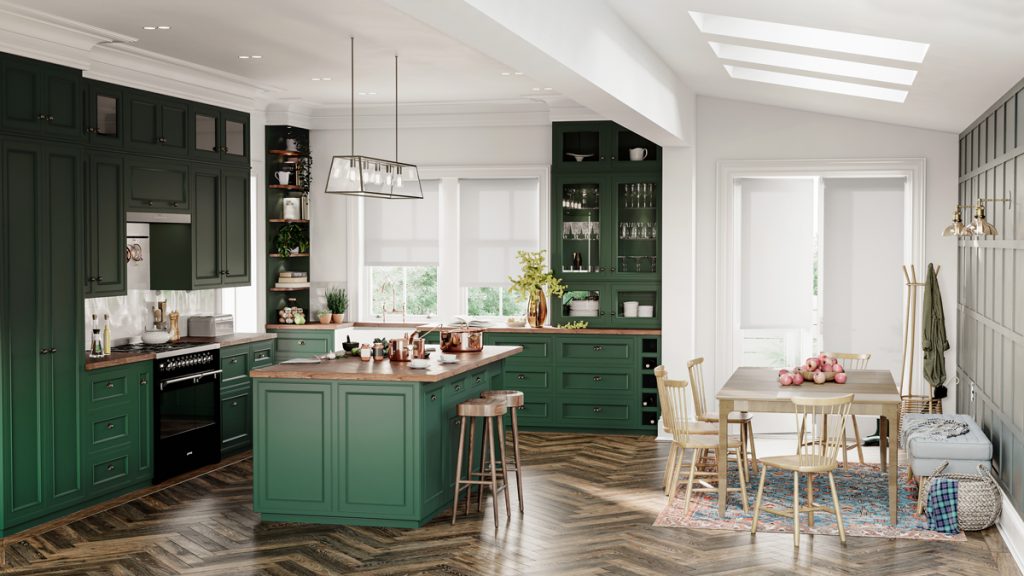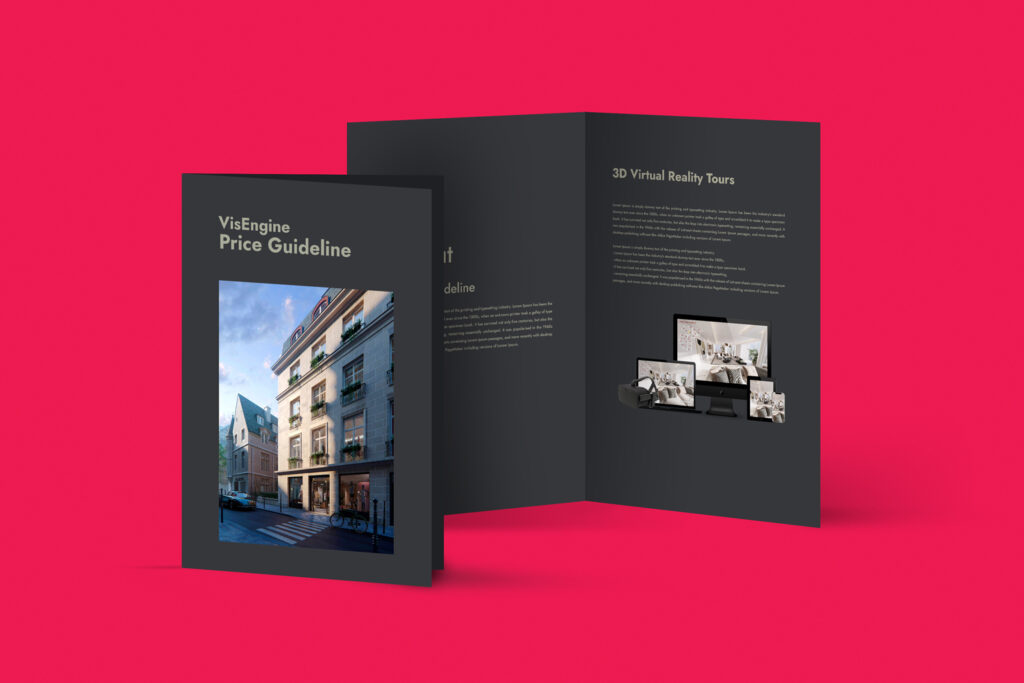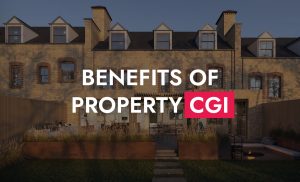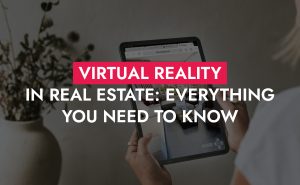When it comes to selling a house or real estate marketing, staging plays a vital role in influencing the visual appeal of a space. At the same time, some homeowners may struggle with choosing between virtual vs. real staging.
It’s worth taking a closer look at the benefits and drawbacks of both physical staging and virtual staging to gain a clearer understanding of each approach’s features. In this guide, you’ll learn more about these types of staging and which one would work better in specific cases, helping to ensure quicker sales at higher prices.

